Alphabetic Connections
Page Navigation
(Click to jump to section)
| Brief Explanation | Research | Clearly Identified Key Outcomes | Balanced Assessment Practices | Purposeful Instructional Strategies | Personalization of Learning |
Brief Explanation
The recognition of letters by symbol, and that letters associate with specific sounds to make meaning.
Research
- Reading achievement is highly correlated to a kindergarten student’s ability to recognize and understand letters.
- Being able to hear the sound of each letter is the next essential skill.
- Striving toward letter and sound automaticity together and separately is an important component of a balanced program for the kindergarten year.
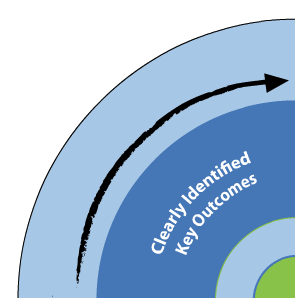
Clearly Identified Key Outcomes
Use your programs of study for curriculum outcomes related to alphabetic connections.
Please refer to CESD’s Essential Outcomes work if you are using the previous Alberta Curriculum (Grade 7+).
Here is the New Alberta ELAL Curriculum, from the New Learn Alberta website, laid out like a scope and sequence.
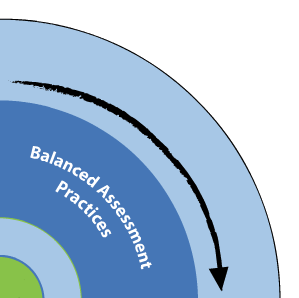
Balanced Assessment Practices
- Consistently monitor and track the number of sounds and symbols that students can recognize and use.
- Isolate unknown letters from known letters. Focus on unknown letters.
- Assessments:
- EICS Phonological Awareness Assessment Tool
- Letter Name and Sound Assessment Information (example assessment linked on this page) – Reading Rockets
- Alphabet Letter Naming – Reading A-Z
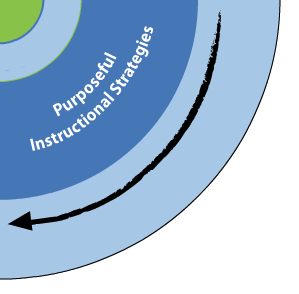
Purposeful Instructional Strategies
PRE
- Letters are shapes.
- Letters have names.
- Letters are put together to make words.
- Words are what we say.
- Letters have a sequence called the alphabet.
DURING
- Most letters have one sound.
- Some letters have more than one sound.
- Letters are formed in a specific way.
- There are upper and lower case letters.
- Letters are printed in a certain way.
- Names are printed in a certain way.
- Manipulate letters using a variety of fonts/mediums/sizes/textures.
- Identify the similarities and differences between configurations of letters (i.e. curves, lines, height).
- Repeated readings of the alphabet.
- Locate letters in environmental print (e.g. find the “M” in McDonalds).
- Read and review the alphabet chart and build in visual and kinesthetic movements.
POST
- Match letters
- Match letters to sounds
- Identify upper and lower case letters
- Say alphabet in order
- Name letters
RESOURCES TO SUPPORT OVERALL DEVELOPMENT
- We Can Assessment – Marilyn Pottage
- The CESD Kindergarten Skill and Screening Tool
- Yopp Singer Assessment
- Elkonin Boxes – Yopp Singer
- Alphabet books
- Alphabet Puzzles
- Salt Boxes
- Guessing Bags
- Plasticine
- Body Shapes for letters
- Hide and Find – Place letters in the sand center
- Magnetic letter board
- Upper/Lower case match games
- Alphabet cereal
- Alphabet macaroni
- Old MacDonald Song “ using letters/sounds”
- Bingo

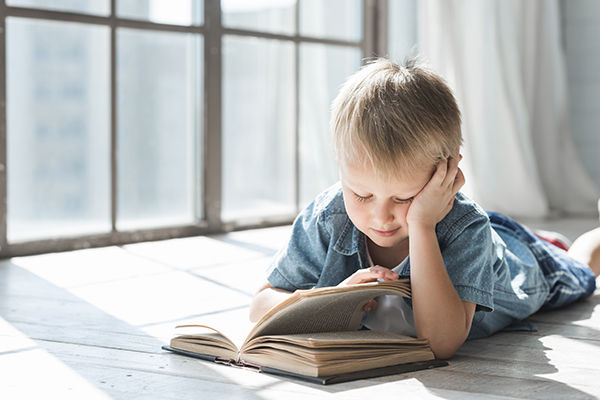
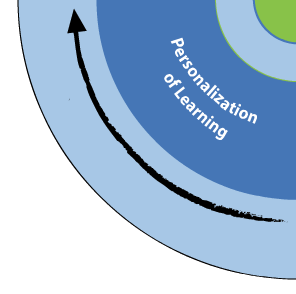
Personalization of Learning
- Find personal connections to the child – eg. Letters in their names, bring their own items for guessing bags, etc.
- Multi-sensory approach – touch, build, move, talk, sing, dance, clap, paint, draw, etc.
- Repetition and daily practice – some children will need more frequent opportunities to practice
- Working with speech pathologists or other specialists
- Collaborate with LST members.
Other Resources and Support
Banks of letter manipulatives Michelle created for use in Google Slides
Banks of Dolch sight word manipulatives Michelle created for use in Google Slides